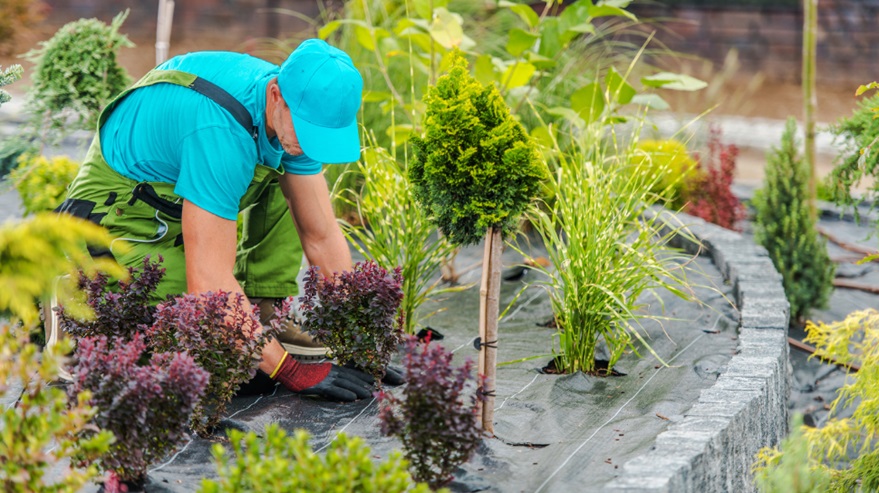
Seasonal landscaping is essential for maintaining a beautiful and healthy yard throughout the year. As each season brings its own set of challenges and opportunities, understanding how to adapt landscaping practices accordingly will ensure a vibrant outdoor space. Emphasizing the importance of planning and preparation, this guide explores various seasonal tasks and beneficial tips, including the significance of landscaping in Cumming.
Spring Preparation
As the chill of winter fades and temperatures begin to rise, spring is the perfect time to rejuvenate your landscaping efforts. Begin by clearing debris, such as fallen branches and amassed leaves, from the previous season. Pruning shrubs and trees will encourage healthy growth and blossoming. Additionally, this is an ideal time to aerate the soil to enhance water absorption and nutrient distribution. Consider applying mulch to help retain moisture and prevent weeds as the season progresses.
Planting New Greens
Spring is synonymous with new growth, making it the perfect season to plant new flora. Choose a variety of flowers and vegetables to ensure a vibrant garden. Opt for native plants that thrive in your area, promoting a sustainable ecosystem. Introducing perennials will provide lasting color and interest, while annuals will offer vibrant bursts of color throughout the season. Research suitable plants for your climate and soil type to establish a flourishing landscape.
Summer Maintenance
With the arrival of summer, ongoing maintenance becomes crucial to your landscaping success. Regularly watering your plants is vital, especially during extended dry spells. Early morning is the ideal time for irrigation, as it minimizes evaporation and allows plants to absorb moisture effectively. Additionally, mowing your lawn at the right height is essential; for detailed information on mowing, visit this blog.
Controlling Weeds and Pests
Weed management is particularly important during the summer months when competition for resources intensifies. Implementing preventative measures, such as applying mulch and maintaining healthy soil, will naturally suppress weed growth. Integrated pest management techniques can help control unwanted pests, ensuring that your garden remains productive without relying heavily on chemicals.
Autumn Transition
As the days grow shorter and temperatures start to drop, autumn signals a time of transition in the landscape. It is essential to continue watering plants until the first hard frost, giving them enough moisture to survive the coming winter. During this season, think about preparing your yard for the colder months ahead. Raking leaves and composting them can enrich your soil and protect your garden.
Preparing for Winter
The fall months are also a suitable time for planting bulbs that will bloom in the spring. Moreover, consider covering delicate plants to insulate them against frost. Winterizing your garden equipment and ensuring proper storage will extend its lifespan. Create a plan for winter maintenance to keep your landscape looking its best throughout the cold season.
Conclusion
Understanding the seasonal needs of your landscape enhances its resilience and beauty. By adapting your strategies in accordance with the changing seasons, you can create an outdoor oasis that thrives all year round. Engage in practices that promote healthy growth and maintenance while remaining mindful of environmental sustainability. For those looking for professional assistance, landscaping in Cumming provides a wealth of resources to help you achieve your landscaping goals.
Frequently Asked Questions
What are the best plants for summer landscaping?
Opt for heat-resistant plants such as sunflowers, zinnias, and salvia to withstand summer conditions.
How often should I water my garden in the summer?
In general, aim for deep watering two to three times a week, depending on rainfall and temperature conditions.
What tools are essential for seasonal landscaping?
Basic tools include a lawn mower, garden rake, pruning shears, and a hose or watering can for irrigation.


